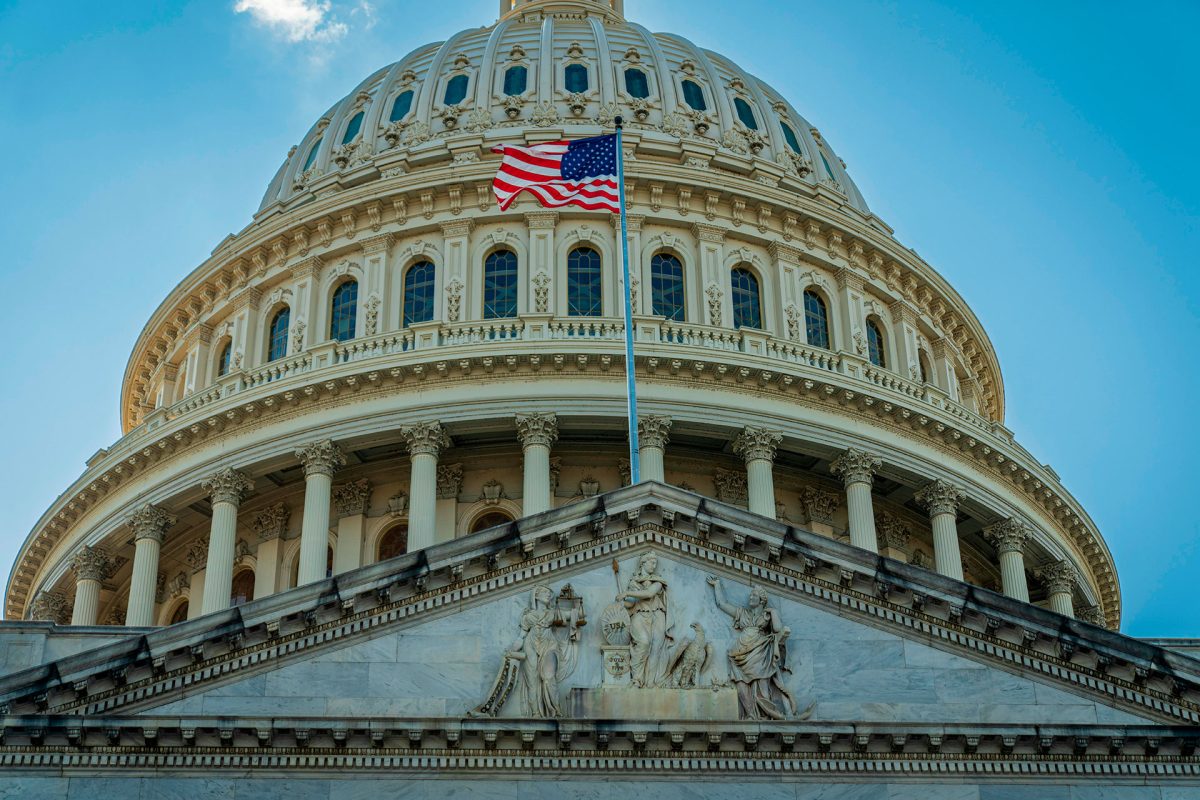Martha Dorris says good customer experience (CX) is a ‘patriotic’ initiative that provides better service and enables the government to run more efficiently and effectively
by Intelliworx
The concept of customer experience (CX) is getting a lot of attention in Washington, DC these days. While improving experiences sounds like a task for an entertainment company rather than a government, the motivation for better CX boils down to efficiency and effectiveness.
So, says Martha Dorris. She spent 34 years championing CX initiatives from her post within the General Services Administration (GSA). Her work there earned the endearing moniker “godmother of government CX.” Today, while she’s retired from the civil service, she remains active as a consultant and host of a government-focused podcast The CX Tipping Point.
“People used to laugh at me at the GSA, because, they thought, ‘customer experience? ‘We’re a government, not Disney,” she told us in an interview over a Zoom call. “But there are lots of patriotic reasons why it’s more important for the government to be able to deliver a better customer experience.”
For example, she points out that if people understand the purpose of the U.S. Census, and the experience is good, then more people would complete it without a lot of coaxing. In turn, the government gets better data and lowers the cost of fielding the census.
Paying taxes is another good illustration. If the tax filing process was simplified, that tax money would naturally flow to the U.S. Treasury faster. By contrast, a complicated process requires a lot of back and forth, which drives up the cost of collection both for the government and the filer and slows down the flow of cash.
Never miss a post: Subscribe to our weekly newsletter by email.
Defining CX in government
“Customer experience defines the public’s perception and overall satisfaction with the interactions they have with an agency, or its products and services,” Martha says. “CX is how you feel about your interaction after working with the government to solve a relevant problem.”
She used a retail analogy to elaborate:
Martha’s friend was shopping for clothing in advance of a vacation. Her friend ordered four pairs of shorts using a mobile e-commerce app from a popular retailer. The app worked well – it was a “delight” to use – and so the user experience (UX) on that single digital channel was good.
However, when the shipment of shorts they had ordered arrived later, two of the four pairs did not fit. With a vacation departure date looming, exchanging the shorts by mail would take too long, so they drove to the physical store to process an exchange. The store was out of their size, but in the spirit of good customer service, they took the return and promised to ship the right size promptly.
Unfortunately, the replacement shorts never arrived – and no credit or refund was issued. Later they learned the shorts they returned to the story had been left and forgotten in a bin. That meant the process of exchanging the shorts was never initiated.
In summary, despite good user experience on the app, and great customer service in the store, the overall customer experience was lackluster.
Why the sudden interest in CX?
The sudden interest is a bit of a misnomer – not unlike the seemingly overnight success that, in reality, took years to unfold. For example, Martha has been working in this area of government for decades – so it’s not new despite its newfound popularity. She points out there were considerable, if not gradual, changes in technology and the needs of citizens that brought the government to this realization.
For example, high-speed internet has enabled better connectivity while mobile devices are packed with processing power. This enabled new channels for citizens to connect with the government, which stimulated the need to both optimize and integrate these new channels into the overall experience.
Then along came the COVID pandemic which forced agencies to telework and conduct more and more business through websites and apps. As one pundit famously observed during the pandemic, “Businesses of all kinds are experiencing two years’ worth of digitization compressed into months.” As it turns out, the government was not exempt either.
Government agencies that are doing CX well
In the process, agencies realized improving CX improved efficiency – saving both the government and citizens time and money. Indeed, the Office of Management and Budget (OMB) recently released a report that detailed a handful of success stories – with empirical results.
For her part, Martha points to initiatives by the Department of Veterans Affairs (VA), U.S. Department of Agriculture (USDA), Internal Revenue Service (IRS) and the Department of Homeland Security (DHS) as models to follow.
“The USDA is one of the only agencies that has an integrated knowledge management system that allows them to provide consistent answers through the AskUSDA website,” she noted. “DHS is a bright light too because their chief information officer (CIO) has embraced both customer and digital experience.”
And finally, “the IRS is using callback technology so that people don’t have to wait on hold on the phone for so long. They have added weekend help in their tax help centers to be able to help underserved communities and provide that help in different languages.”
Importantly, adding services like the IRS has done here, based on CX research, benefits the government, civil servants and constituents.
“When an agency sends out a notification that people can’t understand – the phones blow up,” she said. “So, customer experience is really about the continual improvement of services to meet your agency’s mission.”
Measuring success in CX
Trust and satisfaction are the foundational measures that OMB is tracking to measure success in CX. In fact, there’s a public-facing website that makes such progress available to the public. Martha agrees this is the right way to evaluate CX at a high level, even if it’s not easy.
“Trust has a lot of things involved in it – it’s a deep and complex measure,” she said. “Do we trust the food that we eat? Do we trust the air that we breathe? And do you trust that agency or that service that they’re doing their best to serve you? And are you satisfied with that?”
However, there are operational metrics to track too:
- Did the agency solve the issue in a timely manner?
- Did you get consistent information across the channels that you serve?
- Was the agency empathetic in its response?
Some of these measures should include qualitative attributes as well, she added.
For example, merely closing helpdesk tickets quickly in a call center can create the illusion of good customer service even if the overall experience needs improvement. Absent qualitative context, the number of tickets closed can mask the fact a citizen has to call back several times before they have the information needed to solve their problem.
“We should include the two million government employees in CX as well,” she added. “If your employees have good experiences, they will serve customers better and understand the value and role they play in your overall agency mission.”
Enter the chief customer officer
Martha says one of the biggest challenges government agencies face in improving CX is pulling the many different facets together cohesively. “There are so many stove pipes and we’re just trying to pull all these stove pipes together and get everybody to understand the value and the role that they play.”
What’s the best way to integrate the stove pipes? Martha thinks it’s putting someone in charge of the overall experience – a chief customer officer (CCO). This will not be an easy role to establish – given the silos of information in government – but it’s necessary.
“You’re in everybody’s knickers because everybody wants to run their own little thing,” she concluded. “But that’s not the way the public interacts with government. They don’t care if one interaction comes from a different agency or a different part of the agency. They think of the whole experience as ‘it’s just the government.’”
Never miss a post: Subscribe to our weekly newsletter by email.
If you enjoyed this post, you might also like:
7 takeaways from OMB’s 21st Century IDEA guidance [OMB M-23-22]



